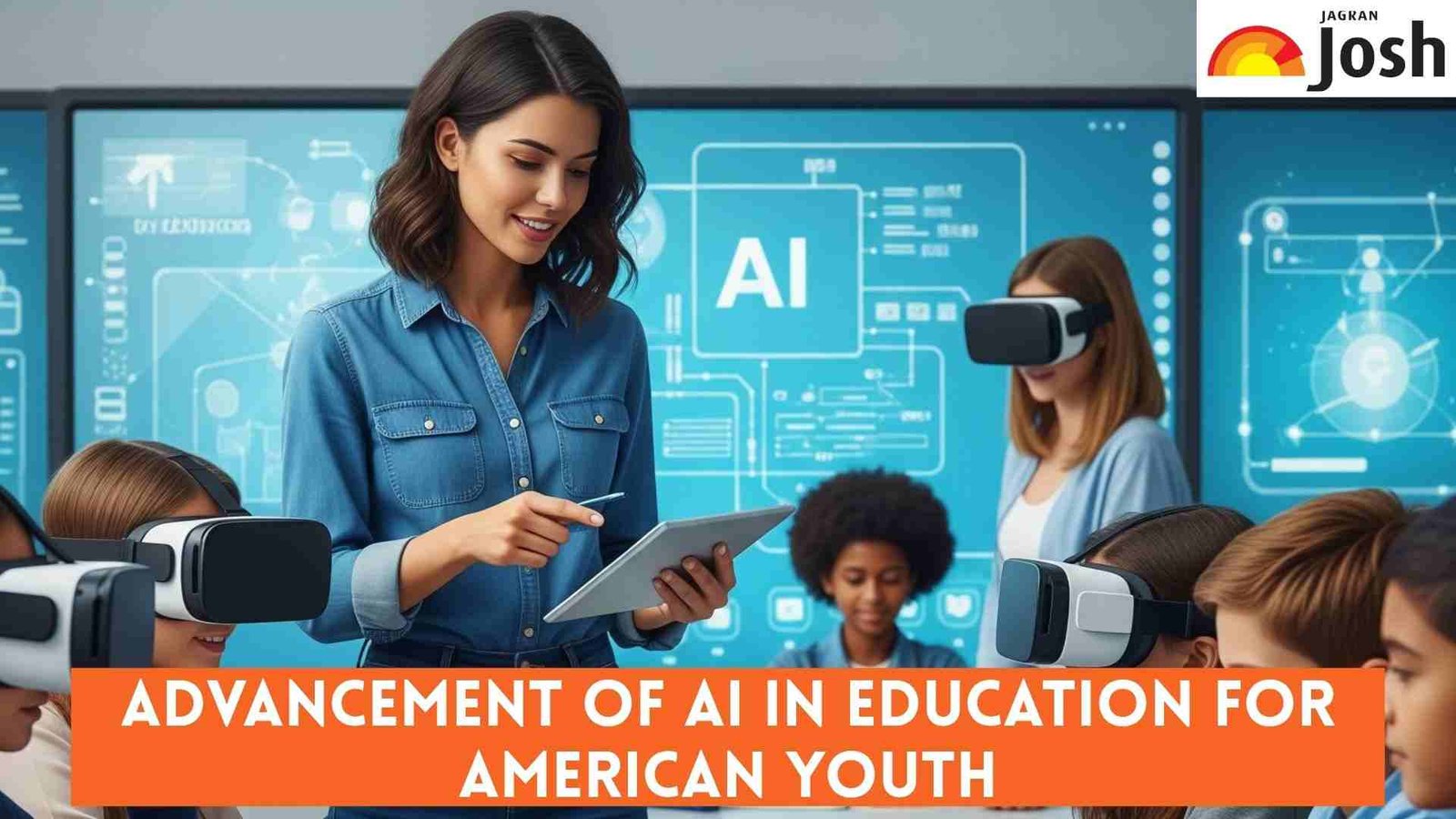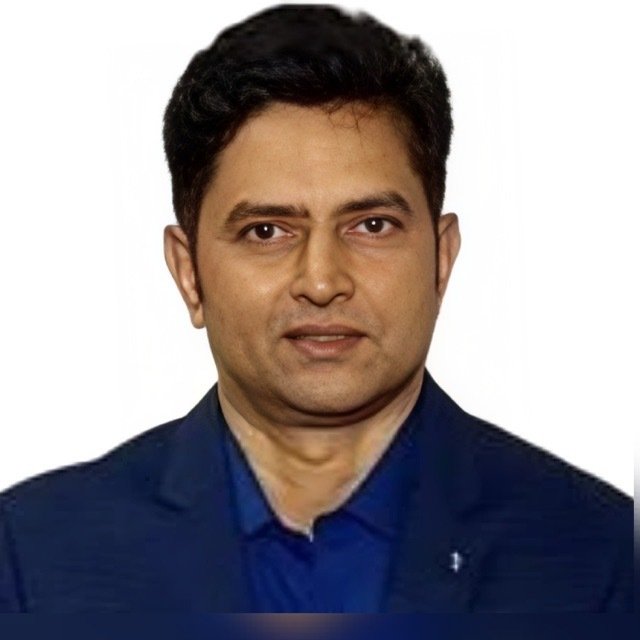Artificial intelligence (AI) is quickly becoming a big part of how students in the U.S. learn. A recent Student Generative AI Survey 2025 shows that 92% of students use generative AI for things like taking notes or studying. To help students succeed in a tech-focused world, the U.S. is creating new programs to teach AI skills in schools from an early age. The goal is to help students not just use technology, but also create and lead with it. Read the article below to find out what AI is, why it’s important, and how it’s being used in classrooms to build the future of education.
Read About- The Science Behind the Northern and Southern Lights – Explained
What is AI?
Artificial intelligence (AI), as defined by U.S. law (15 U.S.C. 9401(3)), is a machine-based system that can make predictions, suggestions, or decisions that affect the real or digital world, based on goals set by humans. These systems use data from both machines and people to understand their surroundings, analyze that information, and make choices or take action. In simple terms, AI allows machines to do things that normally need human thinking, like learning, planning, or problem-solving.
What are the Sections of Advancement of AI in Education?
The advancement of artificial intelligence in education for American youth is being addressed through several key areas, reflecting a comprehensive federal strategy:
|
Section |
What It Says |
|
1. Background |
AI is changing the world, and the U.S. wants its students to learn about it early. Students should be ready for jobs that use AI. Teachers need training and support too. Everyone—from kindergarten kids to adults—should get a chance to learn about AI. |
|
2. Policy |
The U.S. government’s official plan is to teach more people about AI, especially in schools. This includes helping teachers and giving students early exposure to AI topics. |
|
3. Definition |
AI means machines or software that can think, learn, or make decisions. The order uses the official government definition. |
|
4. AI Education Task Force |
A special group (called a Task Force) is created to lead these efforts. It includes leaders from different departments like Education, Labor, and Agriculture. This team will make sure all the parts of the government work together on AI education. |
|
5. AI Challenge |
The government will create a big nationwide competition to celebrate and encourage students and teachers who do great work with AI. There will be categories based on age, location, and topic. |
|
6. AI in K–12 Education |
Agencies will team up with schools, tech companies, and nonprofits to create free online tools and lessons to teach students about AI. The government will also help teachers use AI tools in class and offer advice on using grants for AI education. |
|
7. Teacher Training in AI |
Teachers will get special training on how to use and teach AI. This will include learning how AI can help with classroom tasks and how to teach computer science and AI. |
|
8. AI Apprenticeships & Job Skills |
More job training and apprenticeships (learning through work) in AI will be created. High school students will get chances to take AI classes and earn certificates that help them get jobs or go to college. |
|
9. Legal Notes |
This order doesn’t change any laws. It just gives advice and direction for how to support AI education using current laws and funding. |
What are the Characteristics of Artificial Intelligence used in Education?
The artificial intelligence characteristics that make it valuable in an educational context include:
-
Learning and Adaptation: AI systems can learn from data and experiences, continually improving performance and adapting to new information. This is crucial for personalized learning paths.
-
Problem-Solving and Decision-Making: AI excels at processing vast amounts of data to identify patterns, make predictions, and support decision-making, which can aid in curriculum development and student assessment.
-
Natural Language Processing (NLP): Enables AI to understand, interpret, and generate human language, facilitating interactive learning tools like intelligent tutoring systems and chatbots.
-
Automation: AI can automate repetitive tasks, freeing educators to focus on more complex instructional and mentoring roles.
-
Perception: AI systems can interpret various forms of data, including images and audio, allowing for diverse educational applications such as virtual labs and interactive simulations.
Must Read- What is No Tax on Overtime and No Tax on Tips? Explained
Conclusion
The strategic advancement of artificial intelligence in education for American youth underscores a commitment to fostering a future-ready generation. By clearly defining what is AI and leveraging artificial intelligence and education through dedicated policies, task forces, and educator training, the aim is to ensure equitable access to AI literacy and proficiency. These collective efforts, focusing on the inherent artificial intelligence characteristics, are set to transform learning experiences, empower educators, and establish a strong foundation for American youth to thrive in an AI-powered world.









































